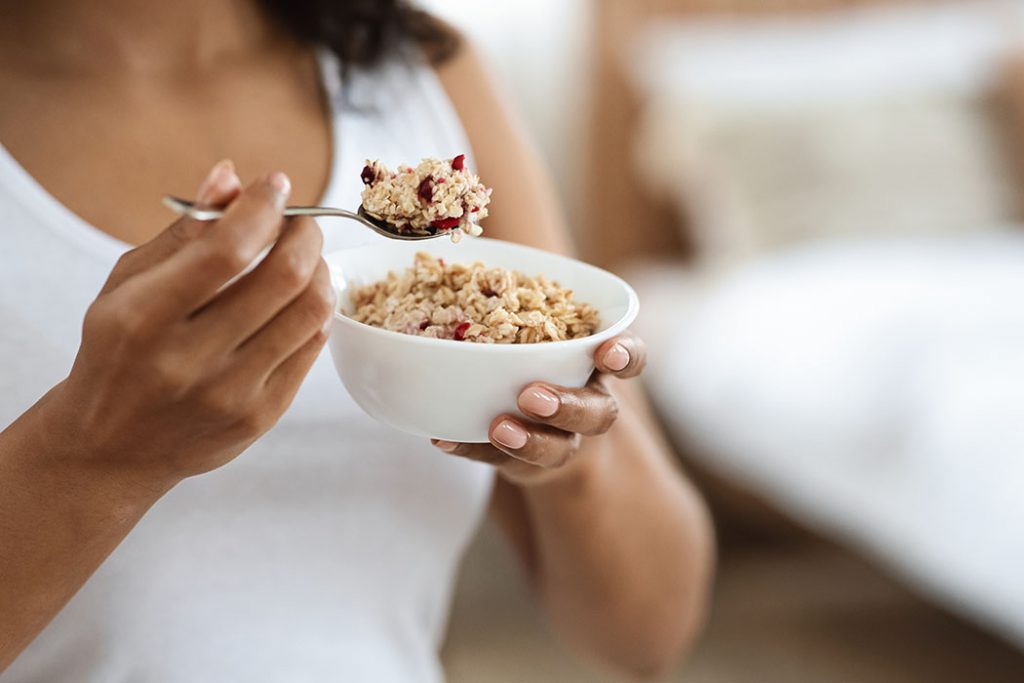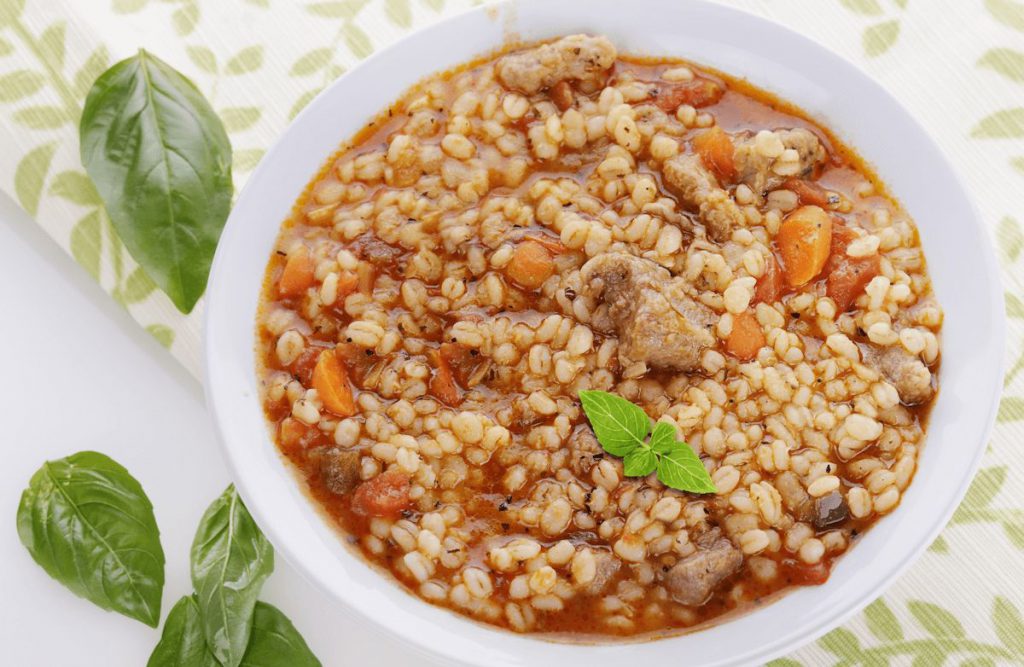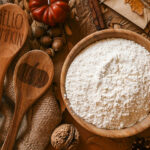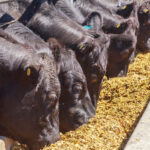Upgrade your food skills: building a foundation

Upgrade your food skills by starting off with building a foundation. What are food skills? Food skills are the ability to prepare your own food and the skills necessary to do so. This includes learning how to tell if meat is cooked, measuring out ingredients while baking and learning how to safely use the stove or oven.
When a person develops food skills, they are building their experience to prepare and eat nutritious food. . Food skills can also help to build a person’s understanding of the food supply chain and have a greater understanding of where their food comes from.

Growing your food skills is something that everyone can benefit from; developing good food skills allows for a person at any income to help more healthy foods. When a person’s food skills increase, the frequency of family meals and involvement of children and youth in food preparation is higher, and at-home food preparation is linked to eating healthier. Having the knowledge to prepare and grow healthy food can be a source of self-esteem and personal pride. Developing a large set of food skills can also help to decrease your grocery bill by reducing a person’s dependency on ready-to-eat foods. Good food skills and healthy eating of fruits and vegetables will increase the demand for local food and can help benefit your local farming economy (Simcoe Muskoka Health).
Types of Food Skills:
- Preparing and cooking food safely
- Storing food
- Making recipe substitutions
- Learning how to buy/ grow food
- Learning how to read food labels and how to plan meals
Grains are a versatile food that can be used in plenty of different dishes as a healthy addition to anyone’s diet.
In this post, we will be exploring how to build your food skill foundation in the form of learning to cook and prepare grains safely, how to store grains properly to ensure maximum freshness and how to make different grain-based recipe substitutions.
Food Skills: Learn to cook with grains!
Preparing and cooking grain-based meals are an important food skill to have because whole grains are a healthy alternative to their refined grain counterparts. Let’s start off with learning how to cook three different whole grain elements that can be used in many different dishes.
Let’s make whole wheat pasta: Start off by adding 4 quarts (about 16 cups) of water to a large pot. Put the pot on a burner on your stove and set the burner to high. Add about a tablespoon of salt to the water and using a wooden spoon, stir the water until the salt has dissolved. Once your water is boiling, add 1 pound of pasta (click here to learn how many cups of pasta are in 1 pound) to the water and turn the burner to medium-high. Stir a few times to help prevent the noodles from sticking together. Cook the pasta according to the directions on the package. Drain the pasta and use in your favourite pasta dish. You can try your hand at spinach and mushroom whole wheat pasta, summertime pasta salad or even homemade mac and cheese!
Start your day with some nutritious oats: Making oatmeal is extremely easy and there are a few different kinds of oats that you can use to make oatmeal. You can use steel cut oats, rolled (old fashioned) oats, quick oats and even instant oats! Learn how to cook oatmeal here!

Learn to cook barley- the nutritious rice substitution: Barley and rice can both be served as a side dish for any kind of meal however, barley is a whole grain and has more health benefits than refined white rice. Click here to learn all about the health benefits of barley. Cooking barley isn’t that hard and takes about the same amount of time to cook as rice. To cook pearl or pot barley simply, combine water and barley in a saucepan. Add a generous pinch of salt if desired. Bring the water and barley to a boil over high heat. When the barley has reached a boil, lower the heat to a low simmer, cover, and continue to cook until the barley is done. For pearl barley, start checking at 25 minutes. When done, remove from heat, and fluff the barley with a fork to separate the grains.
Food Skills: Grain-based recipe substitutions
We all know that dreaded feeling of trying to follow a recipe only to realize that we don’t have one of the ingredients listed. No need to worry, this section of building your food skills focuses of some grain-based substitutions you can make in any recipe.
I don’t have that type of oat: Whether you are trying to follow a recipe for making homemade granola bars, cookies, muffins or anything else, there is a good chance that you can swap one type of oat for another.
You can usually interchange rolled oats and quick oats in any recipe. If your recipe calls for quick-cooking oats and you only have rolled oats, add the old-fashioned oats in the food processor for a few quick pulses. If quick-cooking oats are used in a recipe in place of rolled oats, the texture will be different, but it shouldn’t affect the recipe.
To substitute steel cut oats for rolled (old fashioned) oats simply, add the same amount of steel-cut oats a recipe with rolled oats calls for, cup for cup. Add 10 to 15 minutes to the cooking time to soften the oats, checking frequently to make sure your baked goods don’t burn. Read instructions and follow recipes on oatmeal boxes. Some steel-cut oat manufacturers suggest soaking oats before cooking.
I “barley” have enough: Substituting barley is extremely easy!
The isn’t a lot of difference between pot barley and pearl barley so you can use pearl or pot barley in most dishes interchangeably. Pearl barley and pot barley can both be substituted for hulled barley in any recipe, however, be aware that when replacing pear or pot with hulled, you may need to increase the cooking time. Additionally, hulled barley can be replaced by either pearl barley or pot barley, however, you may need to cook for less time.
Recipe calls for rice? Substitute the same amount for barley- a whole grain alternative that cooks and has the same taste/texture similar to rice.
Soup recipes feeling a little bland? Add this cooked barley for a whole grain boost to a soup recipe!

Let’s substitute corn meal for corn flour and vice versa: Sometimes you have one but not the other… that’s okay, we’ll teach you how to substitute.
If you want to interchange between the two keep in mind the differences. Corn flour is finely ground and therefore less dense than cornmeal. As such, it would need less time to cook or bake. There isn’t a need to change the amount either- ¼ cornmeal is the same as ¼ corn flour. Also, keep in mind, if you are substituting corn flour for cornmeal, the result will be lighter and fluffier and the batter will also be thinner. Lastly, there’s no need to change the amount of corn flour in the recipe.



